Can Multiple Grants Be Stacked to Fund Single Project?
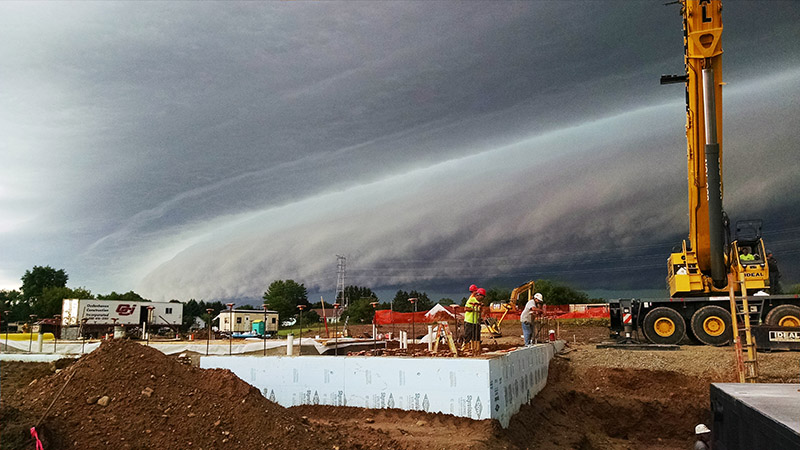 By Keely Campbell, PG
By Keely Campbell, PG
Anyone who’s been working on infrastructure projects for a while knows grants can take care of a significant portion of the price tag. But 80% or 100%? By combining multiple grant applications in multiple programs, this holy grail of funding is possible.
In this post, we will take a look at:
- An example of that level of success.
- A look at the 2021 grant landscape.
- Tips on how to put together a winning grant pitch.
- A glimpse at what grant programs will be putting out opportunities and deadlines soon.
Case Study: City Accelerates Project and Gets it 100% Paid by Grants
Marinette, Wisconsin, rang the 100%-funding bell on Thursday after scoring its third grant win in recent months to accelerate work on important infrastructure upgrades and get them 100% covered through grant funding.
With Fincantieri Marinette Marine winning a Defense Department contract worth up to $5.5 billion and beginning construction of a major ship-building facility this year in the City, a project to upgrade the roadways connecting the shipbuilding facility to Ludington and Main Streets and their intersection with USH 41 was necessary to sustain the high volume of contractors and employees accessing the facility.
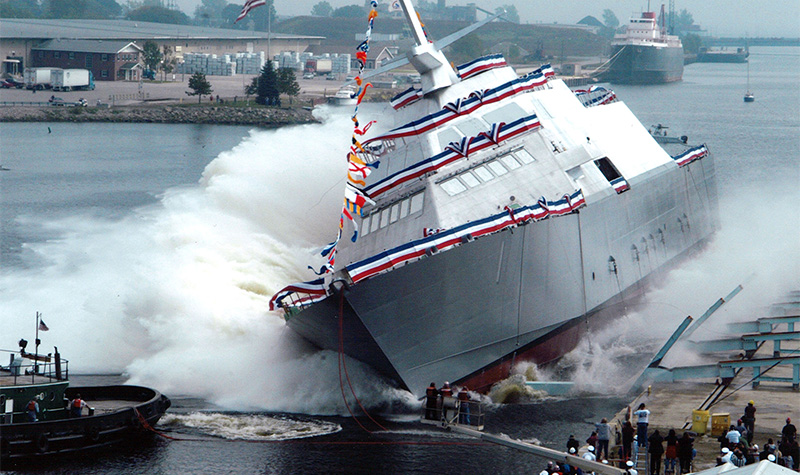 While the City usually accomplishes about $1 million in street work per year, this $5 million roadway and utility reconstruction project amounts to five years’ worth of tax collections. Instead of dragging the project out for five years, the City has lined up a combination of grants – $3.9 million in CARES Act Economic Development Administration (EDA) funding combined with $1 million in Wisconsin DOT Transportation Economic Assistance (TEA) grants that will pay for the entire project in the near term. This was the first time an EDA Public Works Infrastructure grant and a WisDOT TEA grant had ever been awarded for the same project. In addition, the City applied for and received nearly $1 million in CDBG-CLOSE grant funds to rebuild two adjoining roadways and assist with reconstruction of a city fire station.
While the City usually accomplishes about $1 million in street work per year, this $5 million roadway and utility reconstruction project amounts to five years’ worth of tax collections. Instead of dragging the project out for five years, the City has lined up a combination of grants – $3.9 million in CARES Act Economic Development Administration (EDA) funding combined with $1 million in Wisconsin DOT Transportation Economic Assistance (TEA) grants that will pay for the entire project in the near term. This was the first time an EDA Public Works Infrastructure grant and a WisDOT TEA grant had ever been awarded for the same project. In addition, the City applied for and received nearly $1 million in CDBG-CLOSE grant funds to rebuild two adjoining roadways and assist with reconstruction of a city fire station.
According to a U.S. Department of Commerce news release, the main project will upgrade roads and utilities adjacent to the Fincantieri Marinette Marine facility and develop nearby city-owned industrial property for new and expanding businesses. The project is expected to create 420 jobs, help retain 1,760 jobs, and attract about $24 million in private investment.
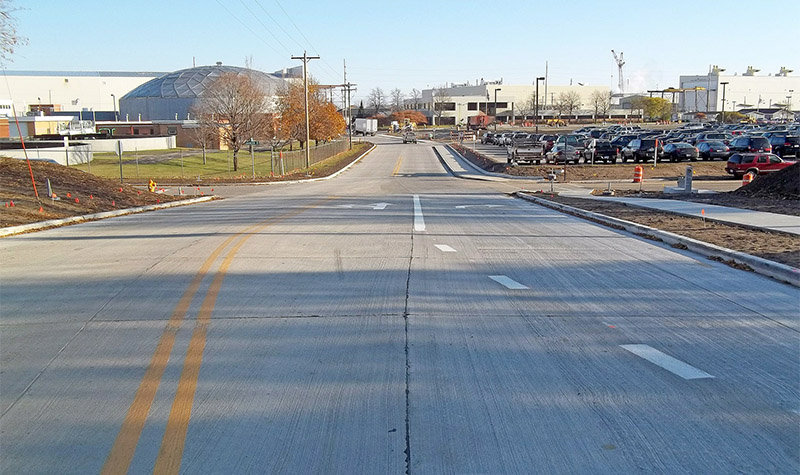 Ayres’ grant strategists jumped through three sets of hoops simultaneously to make the funding trifecta possible.
Ayres’ grant strategists jumped through three sets of hoops simultaneously to make the funding trifecta possible.
2021 Might Be Your Year
With the CARES Act, American Rescue Plan Act, and other stimulus and relief funding flowing and an infrastructure plan up for discussion in the current Congress, 2021 is shaping up to be a critical year for communities to get up to speed on how to put together a competitive, stand-out pitch to win grants that can pay for 50%, 80%, or even 100% of the cost of roadways, utilities, bridges, rail sidings, and other projects.
What’s at stake? Just look at one federal agency – the EDA – for an example of the numbers that are in play. Historically the EDA receives about $350 million annually for use on infrastructure projects across the nation. That infusion into the EDA is going to jump to $3 billion in 2021.
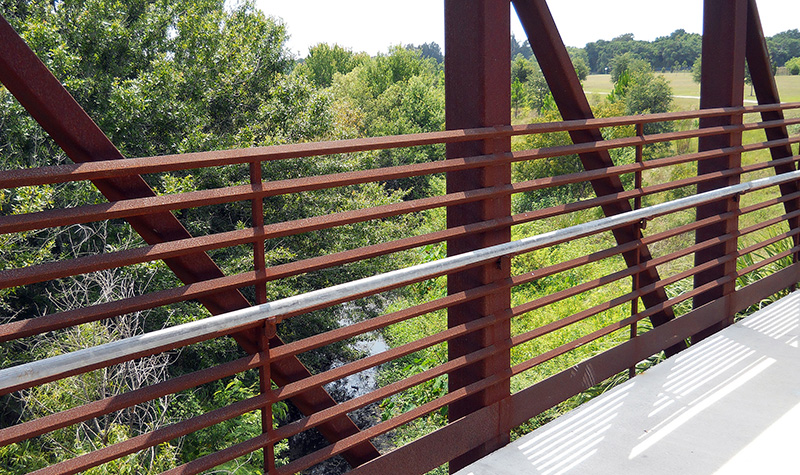 One of the most important pieces of news in the grant world during the pandemic was former President Trump’s declaration of a nationwide disaster, which threw the doors open to grants for communities that otherwise were ineligible based on their relatively low percentage of low- to medium-income residents. The declaration removed that income requirement for some grant programs and also lowered grant match requirements for some programs to 20% for communities rather than 50%, meaning some federal grants using CARES Act funds may pay for 80% of a project instead of 50% – as long as you can show that a project contributes to the community’s ability to recover from the damages of the pandemic and as long as factors such as unemployment rates and per-capita income are in your favor.
One of the most important pieces of news in the grant world during the pandemic was former President Trump’s declaration of a nationwide disaster, which threw the doors open to grants for communities that otherwise were ineligible based on their relatively low percentage of low- to medium-income residents. The declaration removed that income requirement for some grant programs and also lowered grant match requirements for some programs to 20% for communities rather than 50%, meaning some federal grants using CARES Act funds may pay for 80% of a project instead of 50% – as long as you can show that a project contributes to the community’s ability to recover from the damages of the pandemic and as long as factors such as unemployment rates and per-capita income are in your favor.
With a skilled grant strategist on your side, you could layer a state grant on top of your federal grant to cover your federal grant match. That means your project would be covered partially or in full without using locally collected taxes.
What are the Keys to Securing Grant Funding?
While the pie may be bigger this year, you still need expertise to get your piece of it. Writing competitive grant applications can be challenging, but there are a few keys to success:
- Timing. The rules are always changing, and you need to know all the steps and deadlines well in advance and make a plan of attack with specific due dates and tasks to monitor your progress.
- Strategy. Understanding the playing field for state and federal funding will help you bring in more grant dollars and hold onto more of your match funds for other project uses.
- Leverage. Many agencies encourage applicants to demonstrate commitment to a combination of outside funds. But why not do more than check that box? Communities can combine federal grants with state grants on the same project, sometimes covering a project’s entire cost.
- Applicability. Grant programs aim to achieve specific goals, and applications should clearly communicate your project is applicable to them. An EDA grant might be awarded to build a road and utilities to serve a new manufacturing facility. But don’t bark up that tree to replace crumbling streets or utilities serving an impoverished neighborhood. Request a Community Development Block Grant for that.
- Impact. Agencies award funding to solve problems or address issues that are important to them. To maximize success, match those problems and issues to the impact of your project. For an EDA grant, emphasize that your project will help generate high-wage jobs. For a CDBG grant, make sure it’s clear that your project will erase some of the disadvantages suffered by your at-risk populations.
- Last, but most importantly, have a good story to tell! Without a good story, you may not have a fundable project. This is especially true with the current funding stream in which the story is often linked to the COVID-19 pandemic and its aftereffects.
Each Grant Effort Requires a Different Narrative
In contrast to the Marinette scenario involving supporting economic development, other grant efforts need to tap into different programs whose applications are judged on different criteria. If a mountain community has been cut off from a nearby hospital or downtown area by a washed-out road, a CDBG grant to mitigate this hardship may be successful. Likewise, projects that aim to provide low-income housing, a new library, or public health/EMS facility improvements can win CDGB grants as long as the application emphasizes benefits to residents who are most in need of those services.
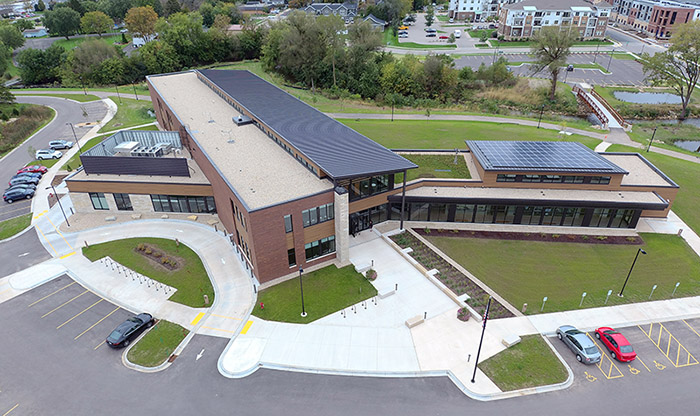 Among the dozens of other programs with very specific application criteria are the following:
Among the dozens of other programs with very specific application criteria are the following:
- Great American Outdoors Act (GAOA)
- Environmental Protection Agency (EPA) Brownfield Grants
- Federal Emergency Management Agency (FEMA) Building Resilient Infrastructure and Communities Grants (BRIC)
- U.S. Department of Agriculture (USDA) Rural Development Water and Environmental Programs
- EPA Drinking Water Grants
A Peek at the Upcoming Grants Calendar:
The following grant programs are expected to publish new opportunities and application deadlines in the coming months:
- EPA Brownfield Grants: Fall 2021
- Wisconsin brownfield and infrastructure grants: Approximately Aug. 1, 2021
- U.S. Economic Development Administration and Community Development Block Grants: announcements expected soon
The grants landscape is complex, and the rules ever changing. A funding expert can get a community through the process of figuring out what grant programs look most promising for a particular project, how to prepare for all the steps that lie between concept and winning that coveted piece of the pie, and successfully telling the story of the community and project. And in today’s resilience-minded grant environment, moving strategically and efficiently through the process is more important than ever.
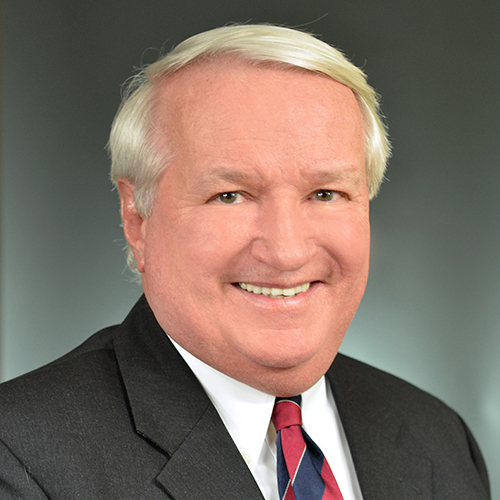

About the Expert:
Keely Campbell, PG, a business development strategist, focuses on grant writing and identifying opportunities for our landscape architecture, urban planning, and brownfield redevelopment experts to serve our clients.
Reach out to Keely Campbell, PG, for more information regarding available grants and securing funding for your project.

Post a comment: